Traveling opens our eyes to new cultures, flavors, and experiences, yet finding the perfect memento can feel overwhelming when every gift shop seems stuffed with the same mass-produced trinkets. The difference between a meaningful keepsake and a tourist trap item often comes down to knowing where to look and what questions to ask.
Here is a list of 18 authentic souvenir alternatives that’ll give you genuine memories instead of regrettable purchases.
Local Artisan Pottery vs Mass-Produced Ceramics
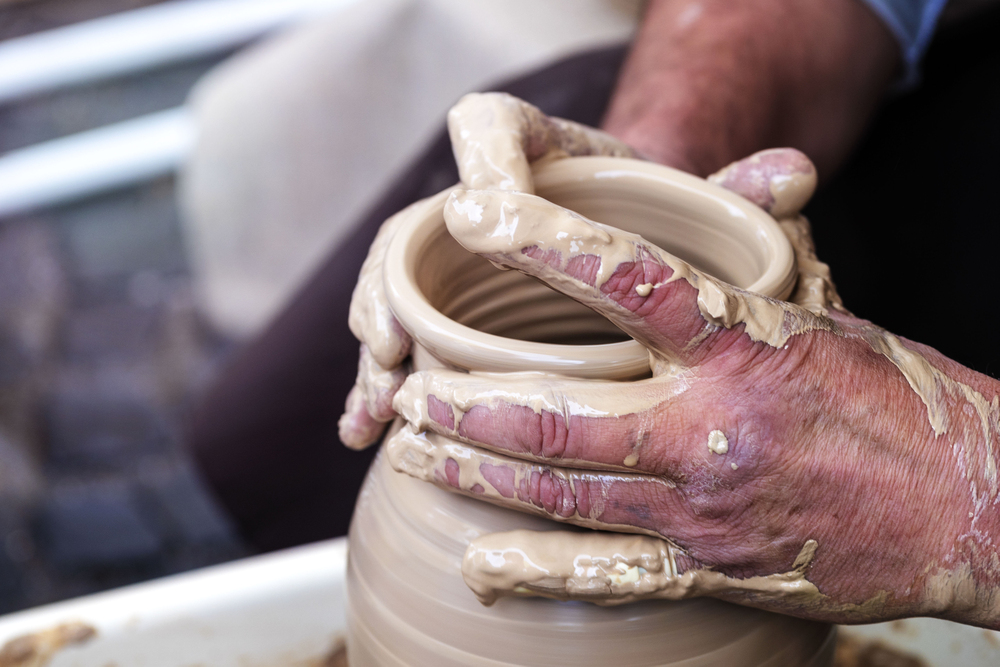
Handmade pottery is the real deal when it comes to reflecting the local artisans who give their heart and soul into what they do, and sometimes even pass on their techniques to the next generation. Every item features traditional glazing techniques and clay procured directly from the region.
Mass-produced ceramics may look similar at first sight, but they just can’t replicate the peculiarities and charm that go into a handmade product.
Local Honey vs Flavored Corn Syrup
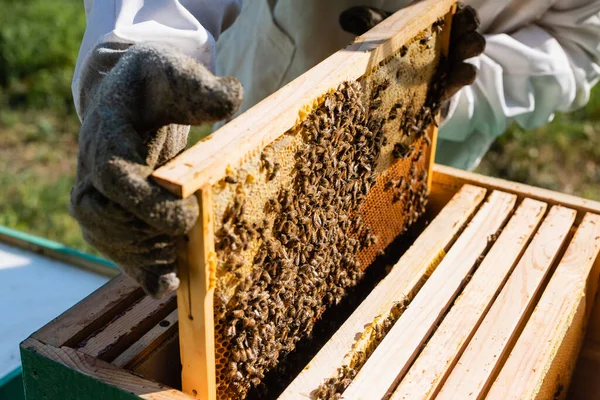
Real honey from local beekeepers captures the essence of regional flowers and plants, creating unique flavors you literally can’t find anywhere else. Small-batch honey often comes with stories about the beekeeper’s methods and the specific area where the hives are located.
Tourist honey products frequently contain artificial flavoring and corn syrup, defeating the purpose of bringing home something authentically local.
Like Travel Pug’s content? Follow us on MSN.
Vintage Postcards vs Plastic Keychains

Old postcards from antique shops or flea markets offer glimpses into how a place looked and felt in previous decades. These paper treasures often feature long-closed businesses, demolished buildings, or vintage tourism slogans that provide genuine historical context.
Plastic keychains manufactured overseas serve no purpose beyond announcing where you visited — typically breaking before you even get home.
Regional Coffee Beans vs Instant Coffee Packets

Coffee grown in specific regions has its unique flavor profile, shaped by the local soil, climate, and processing methods. When you buy directly from local roasters or coffee farms, you not only get the freshest beans but also support the folks who actually grow and process them.
On the other hand, those instant coffee packets that boast about tourist spots often don’t contain beans from those places at all, leaving you with a taste that’s more like disappointment mixed with artificial flavoring.
Local Brewery Merchandise vs Generic T-Shirts

Craft brewery shirts, glasses, and gear truly embody the spirit of local businesses, showcasing their unique character and deep ties to the community. These items often boast one-of-a-kind designs crafted by local artists, helping to support establishments that hire residents from the neighborhood.
In contrast, generic t-shirts featuring city names produced in overseas factories do nothing for the local economy and end up looking just like countless others.
Like Travel Pug’s content? Follow us on MSN.
Handmade Jewelry vs Costume Jewelry
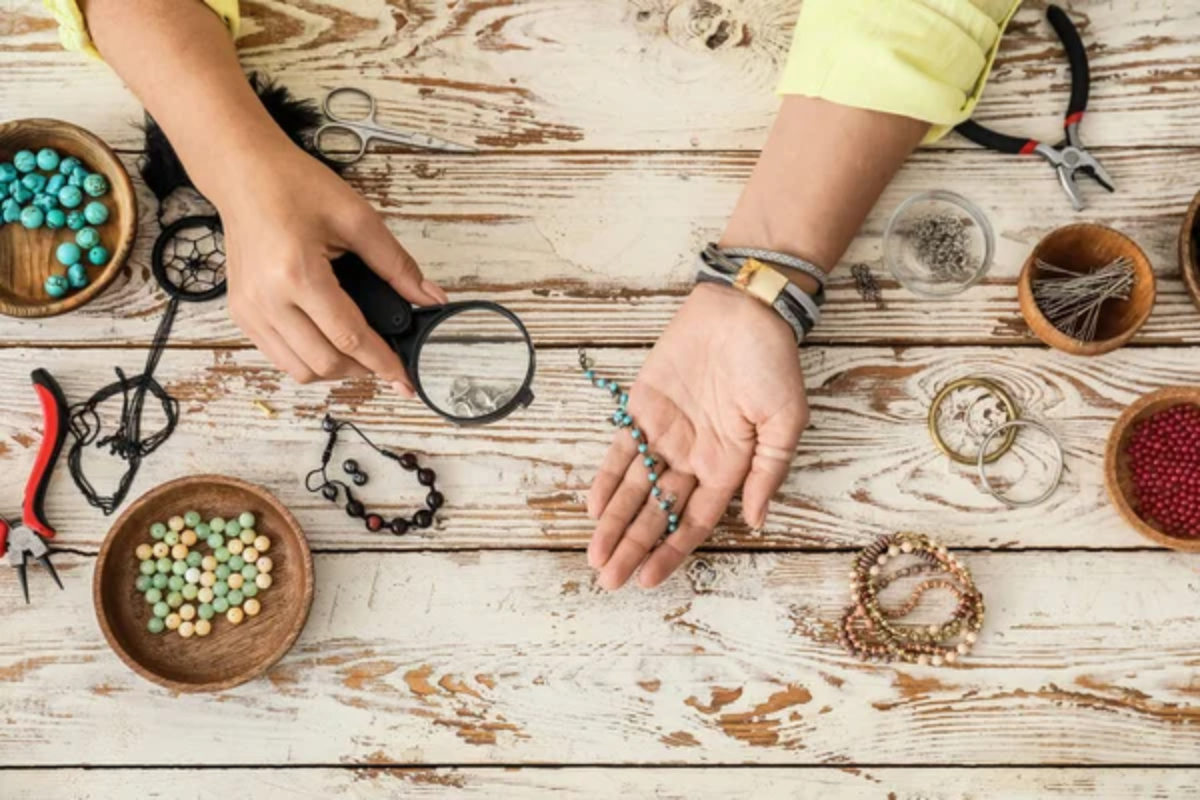
Artisan jewelry incorporates local materials, traditional techniques, and cultural significance that connects the wearer to the place where it was created. Many pieces utilize stones, metals, or other materials that are actually sourced from the region itself.
Costume jewelry sold in tourist areas typically comes from the same overseas factories, regardless of destination, and contains no meaningful connection to the place you visited.
Regional Cookbook vs Tourist Recipe Cards
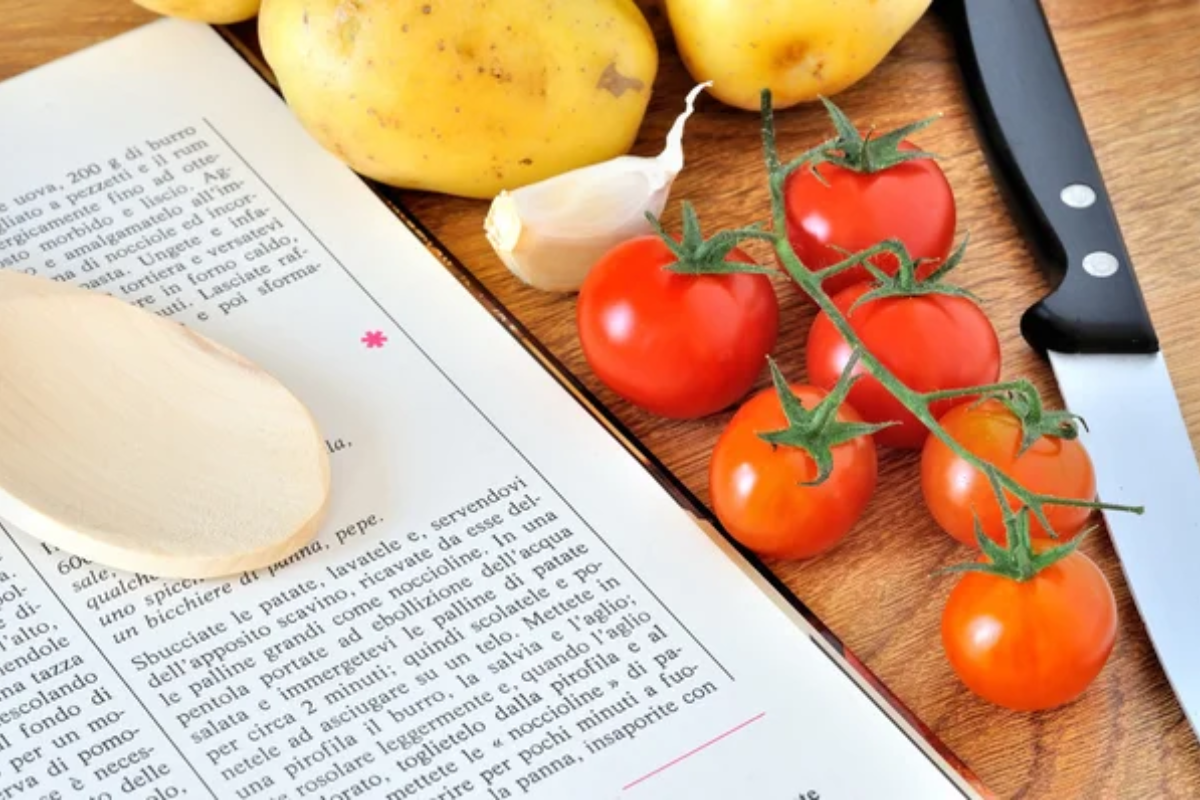
Cookbooks written by local chefs or food historians preserve authentic recipes along with the cultural context that makes them meaningful. These books often feature stories about traditional cooking methods, seasonal ingredients, and family traditions that have been passed down through generations.
Tourist recipe cards usually contain simplified versions of complex dishes, though they miss the cultural education that makes regional cuisine fascinating.
Local Maple Syrup vs Artificial Syrup
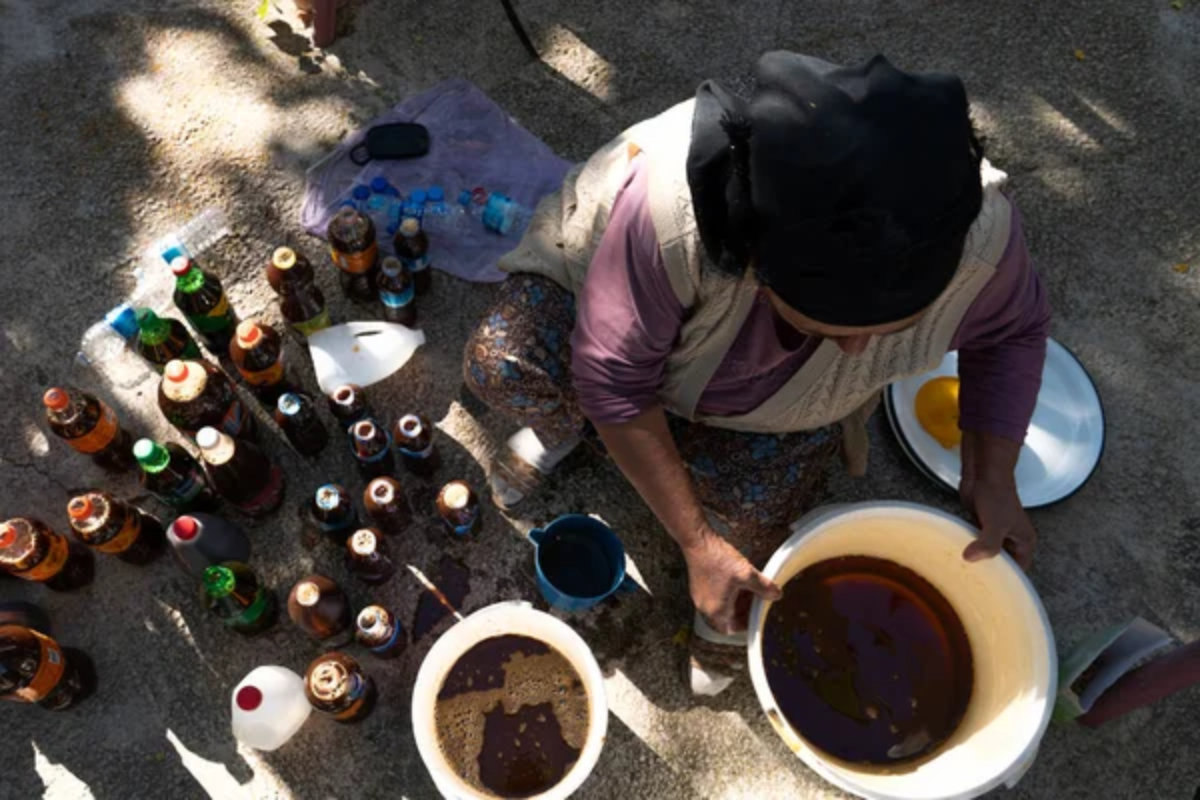
Real maple syrup produced by local sugar houses reflects the specific terroir of regional maple trees and traditional production methods. The flavor varies depending on the time of season when the sap was collected, plus the specific techniques used by different producers.
Artificial syrup sold in souvenir bottles rarely contains any actual maple syrup, tasting like a generic sweetener with artificial flavoring added.
Like Travel Pug’s content? Follow us on MSN.
Artisan Soap vs Hotel Amenity Soaps
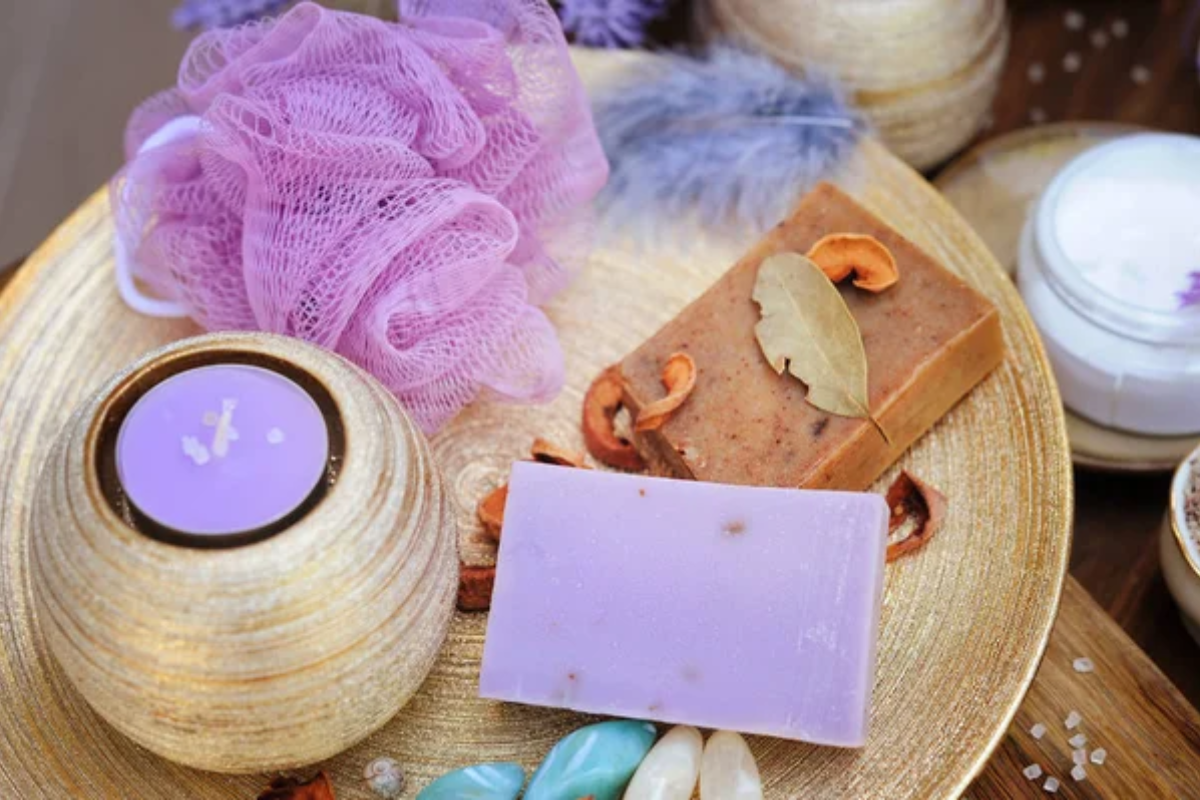
Handcrafted soaps made with local ingredients, such as goat milk, honey, or regional botanicals, provide a sensory connection to a place that lasts long after your trip ends. Many artisan soap makers use traditional methods and locally sourced materials that reflect the agricultural character of their region.
Hotel amenity soaps packaged for tourists often contain the same synthetic ingredients, regardless of location, and offer no authentic regional experience.
Regional Wine vs Tourist Wine Blends
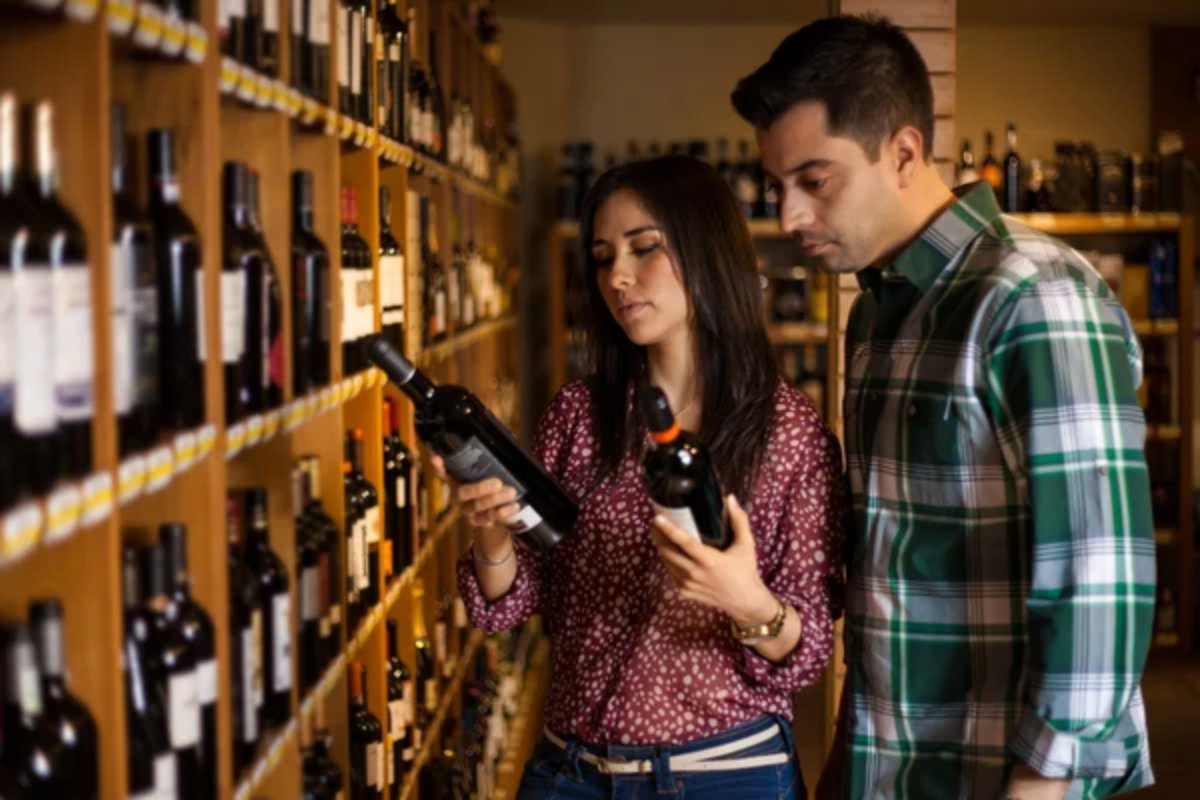
Wines produced by local vineyards express the unique characteristics of their specific geographic location through grape varieties that thrive in local conditions. These bottles often come with stories about the winemaker’s family history and the specific terroir that influences flavor development.
Tourist wine blends typically combine grapes from multiple regions, though they sacrifice quality for marketability to visitors who might not know the difference.
Local Artist Prints vs Mass-Produced Posters

Original prints by regional artists capture the authentic spirit and visual character of a place through the eyes of people who actually live there. These pieces often feature local landmarks, landscapes, or cultural elements rendered with personal artistic interpretation and local knowledge.
Mass-produced posters often feature generic tourist imagery that could represent dozens of different destinations, lacking any meaningful artistic vision.
Like Travel Pug’s content? Follow us on MSN.
Handcrafted Leather Goods vs Synthetic Leather

Traditional leather workers create pieces using time-tested techniques and materials that improve with age and use over many years. These artisans often learn their craft through apprenticeships and family traditions that connect their work to centuries of regional leatherworking history.
Synthetic leather products manufactured for tourist markets look cheap immediately. They deteriorate quickly, providing no lasting value or connection to traditional craftsmanship.
Regional Tea Blends vs Generic Tea Bags
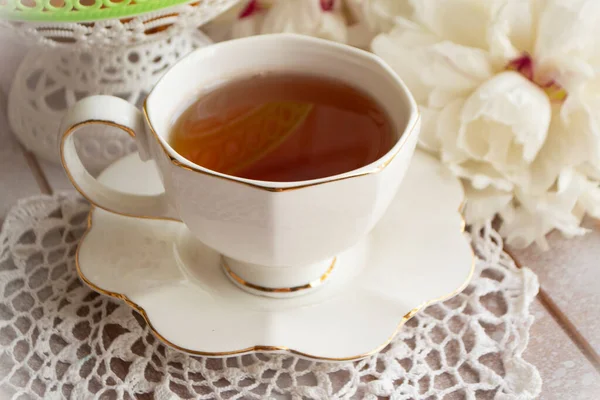
Local tea blends incorporate herbs, flowers, and leaves that grow naturally in specific climates while reflecting traditional knowledge about regional plants. Many of these blends have historical significance and represent folk medicine traditions passed down through generations of local families.
Generic tea bags labeled with tourist destinations rarely contain ingredients from that location, yet taste identical regardless of where you purchase them.
Local Farmers Market Finds vs Airport Gift Shop Items

Farmers’ markets offer direct access to producers who can explain how their products are made and share stories about their farms or crafts. These venues offer opportunities to meet local people and learn about regional agriculture, craftsmanship, and food traditions.
Airport gift shops sell mass-produced items at inflated prices, often with no connection to the local culture or economy beyond the destination label slapped on generic products.
Like Travel Pug’s content? Follow us on MSN.
Vintage Maps vs Laminated Tourist Maps

Historical maps from antique dealers or specialty map shops reveal how places have changed over time. They often feature beautiful cartographic artistry. These documents offer fascinating insights into past geographic knowledge, territorial boundaries, and urban development, adding educational value to your travel memories.
Laminated tourist maps contain current information, though they lack historical context and artistic merit, serving only basic navigation purposes.
Regional Hot Sauce vs Generic Condiments
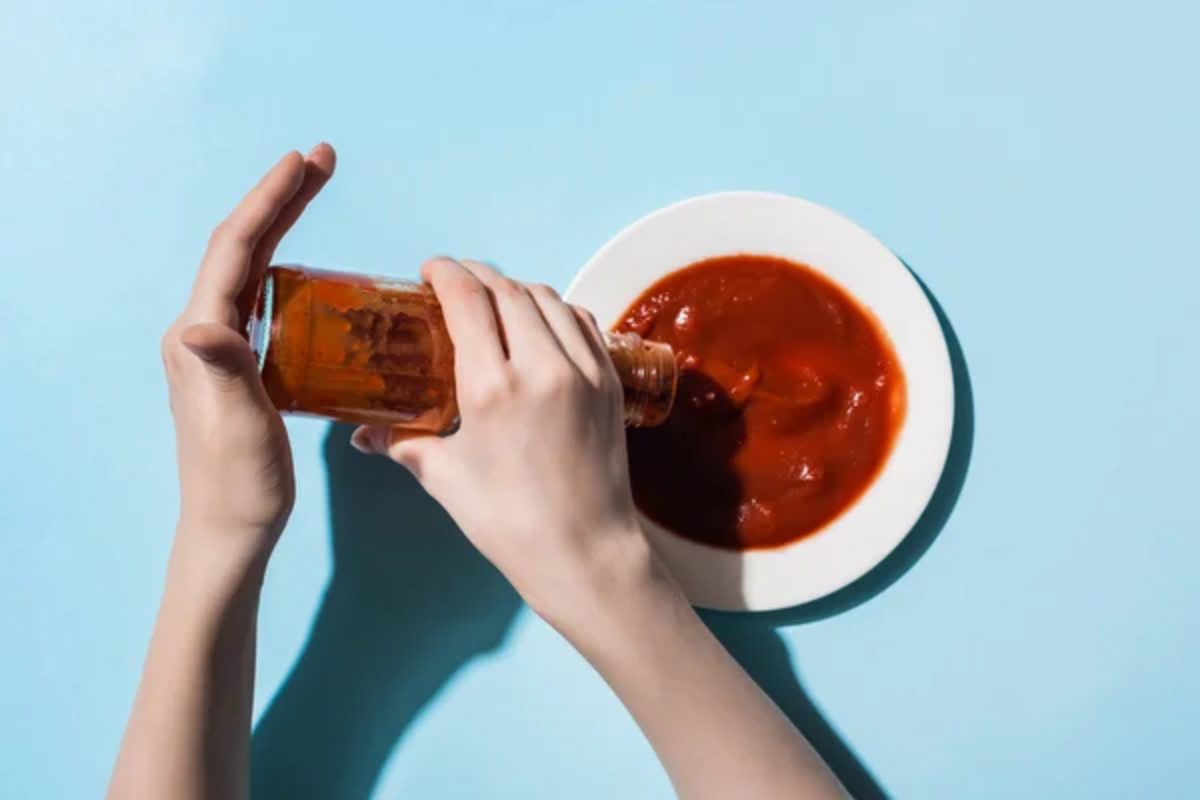
Local hot sauce makers use peppers grown in specific climates along with traditional recipes that reflect regional preferences for heat levels and flavor combinations. These small-batch productions often feature unique ingredients that can’t be found in commercial products and represent authentic regional food culture.
Generic condiments packaged for tourists typically contain artificial flavors and preservatives while lacking any meaningful connection to local culinary traditions.
Local Woodwork vs Plastic Replicas

Traditional woodworkers craft pieces using regional wood species and time-honored techniques, connecting their craft to local forests and cultural heritage. These items often feature joinery methods, carving styles, or finishing techniques specific to regional woodworking traditions passed down through generations.
Plastic replicas manufactured overseas completely miss the point of traditional craftsmanship. They contribute nothing to understanding or supporting local artisan communities.
Like Travel Pug’s content? Follow us on MSN.
Regional Specialty Foods vs Packaged Snacks
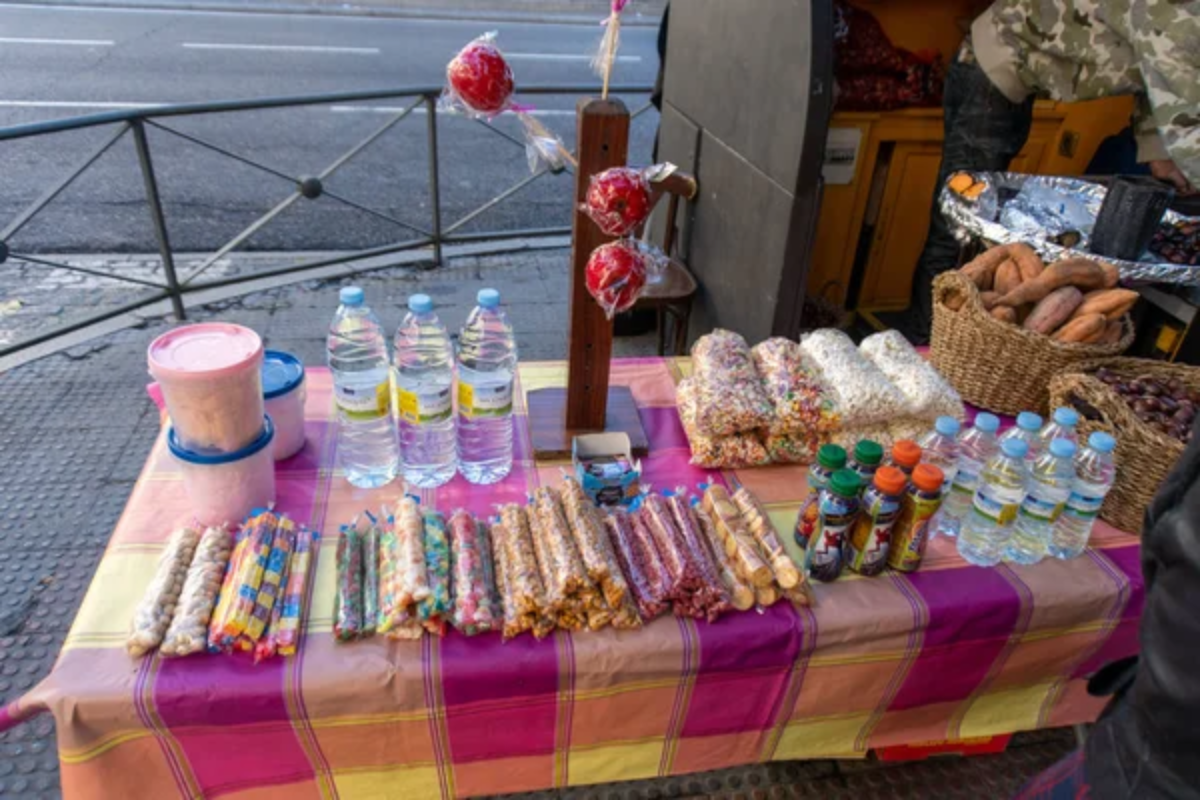
Authentic regional foods, such as locally made cheese, preserved meats, and traditional baked goods, represent generations of culinary expertise and local agricultural traditions. These products are often unavailable outside their region of origin and provide lasting connections to the flavors that make a place distinctive.
Packaged snacks with tourist destination branding typically contain the same artificial ingredients regardless of location, though they offer no authentic taste experience.
When Tourism Meets Tradition

The rise of global tourism has created both opportunities and challenges for authentic cultural preservation, as genuine artisans compete against mass-produced alternatives that flood souvenir markets worldwide.
Today’s travelers have more power than ever to support traditional crafts and local economies by choosing carefully and asking questions about origins and production methods. Your purchasing decisions can help preserve cultural traditions while ensuring that future generations of travelers will still find authentic experiences rather than empty commercialization.
More from Travel Pug

- 20 Best Beach Towns in the Carolinas
- 13 Destinations Where Tourists Regularly Regret Their Trip
- 20 Destinations That Are More Magical Without an Itinerary
- 20 Underrated Adventures That Belong on Your Travel List
- 20 Cities Where You Should Just Wing It, No Planning Required
Like Travel Pug’s content? Follow us on MSN.N.
